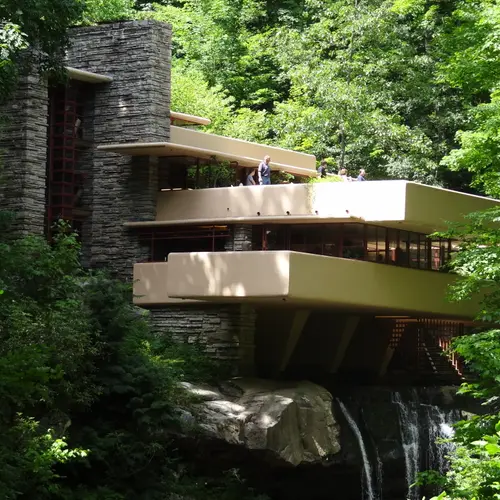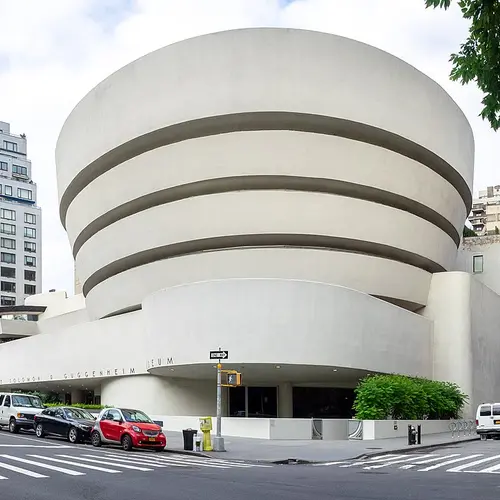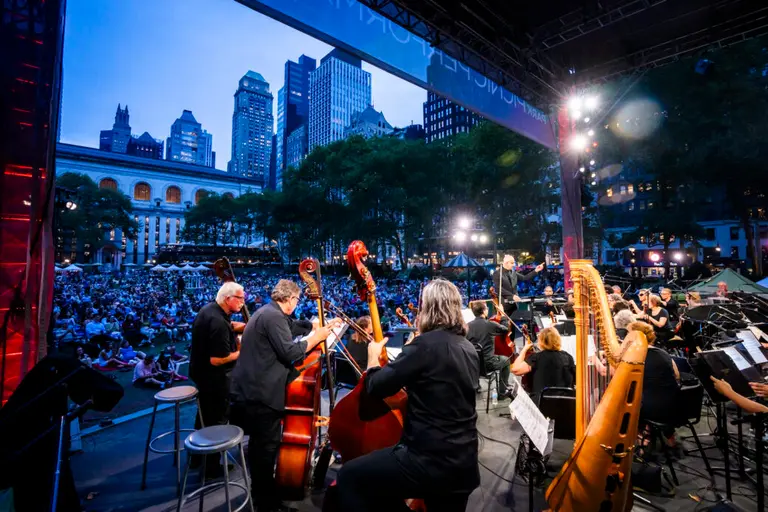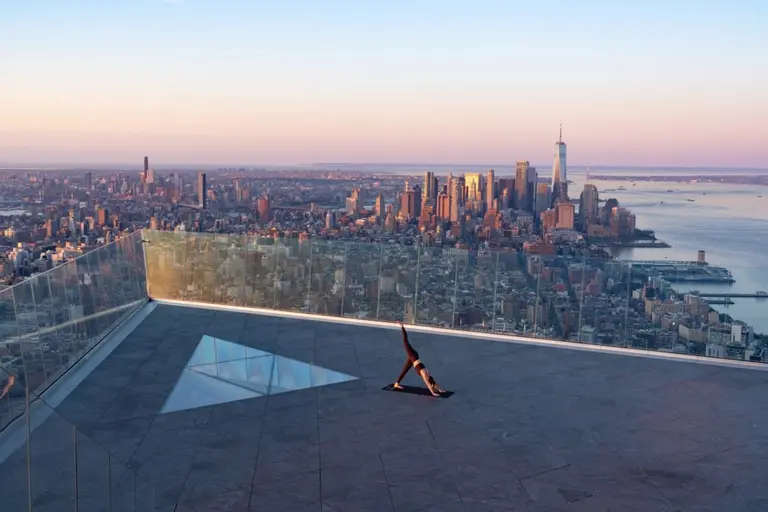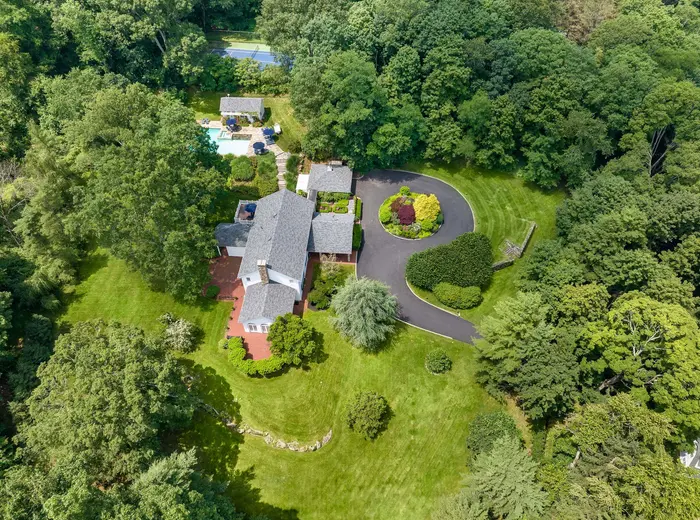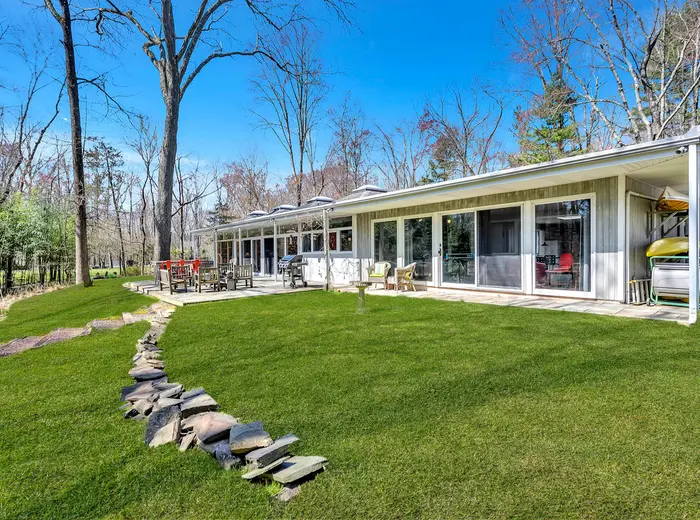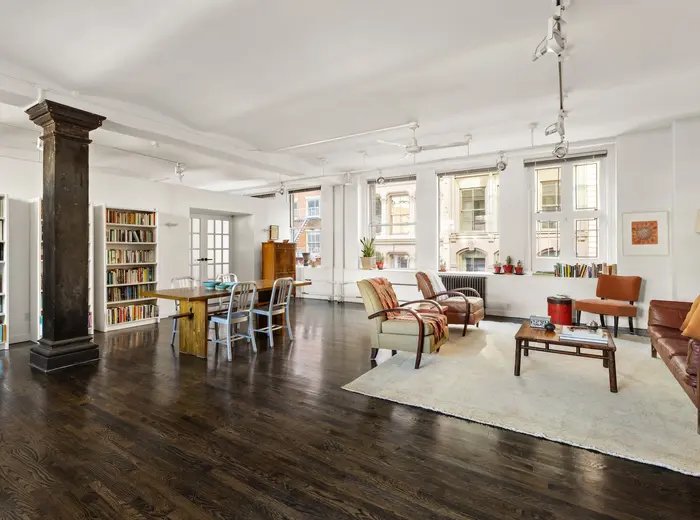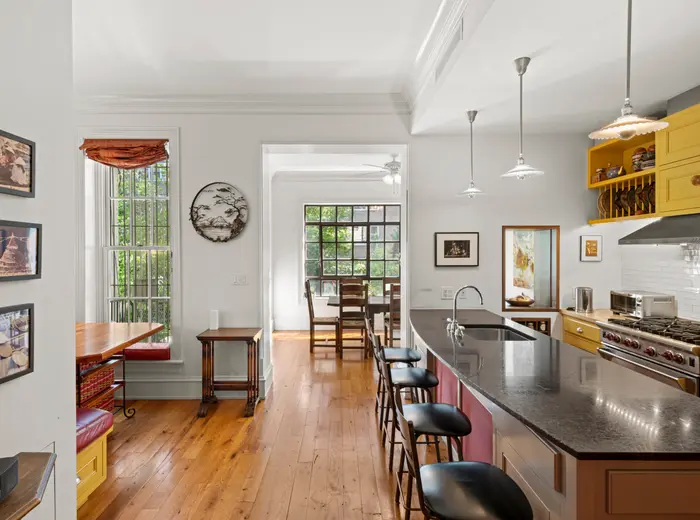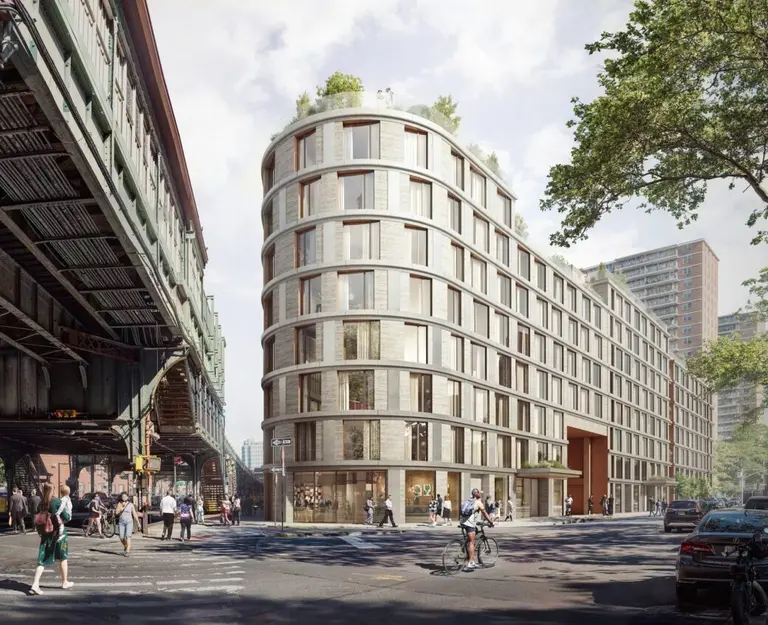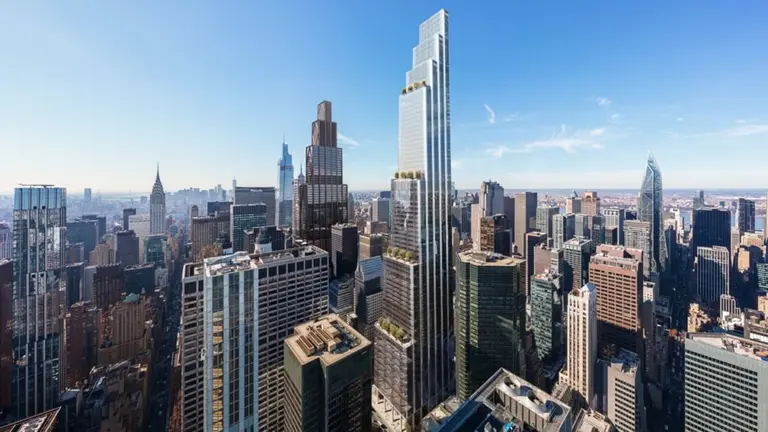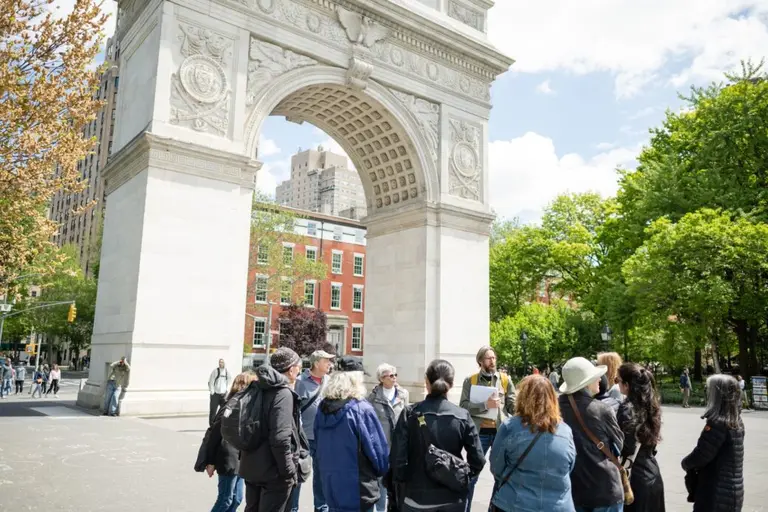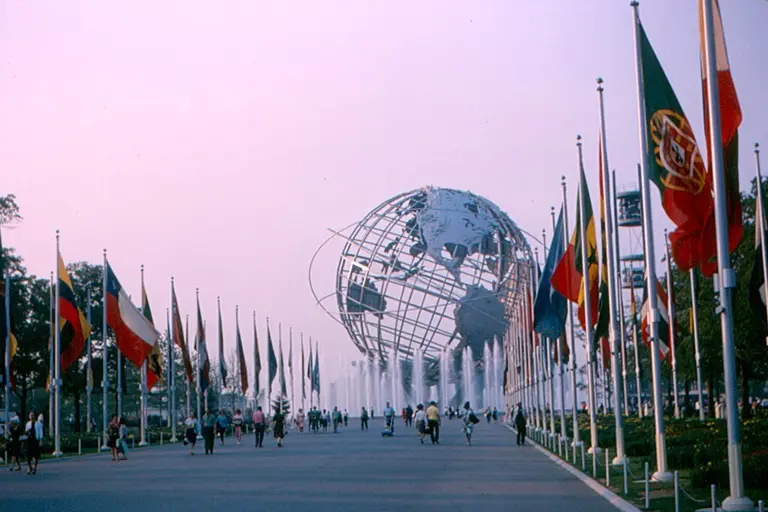Frank Lloyd Wright’s Guggenheim becomes a UNESCO World Heritage site
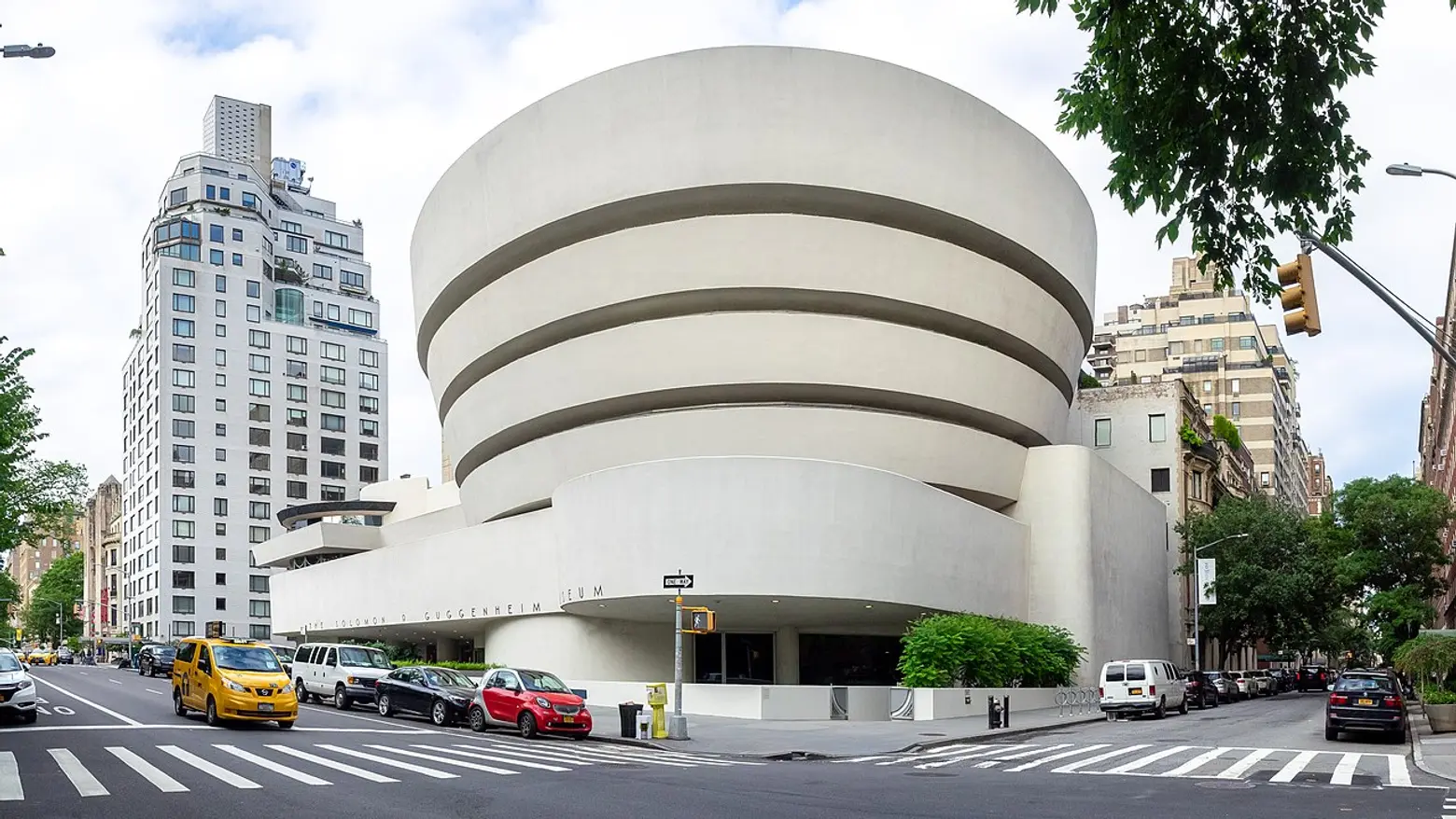
Photo via Wiki Commons
Eight buildings designed by Frank Lloyd Wright have been named UNESCO World Heritage sites, including New York City’s iconic Solomon R. Guggenheim Museum. The buildings were given heritage status by the organization’s World Heritage Committee at a July 7 meeting (h/t Dezeen). Additional Wright creations named to the list are Fallingwater (Pennsylvania), Frederick C. Robie House (Illinois), Hollyhock House (California), the Herbert and Katherine Jacobs House (Wisconsin), Unity Temple (Illinois), and Wright’s homes and studios at Taliesin, Wisconsin and Taliesin West, Arizona.
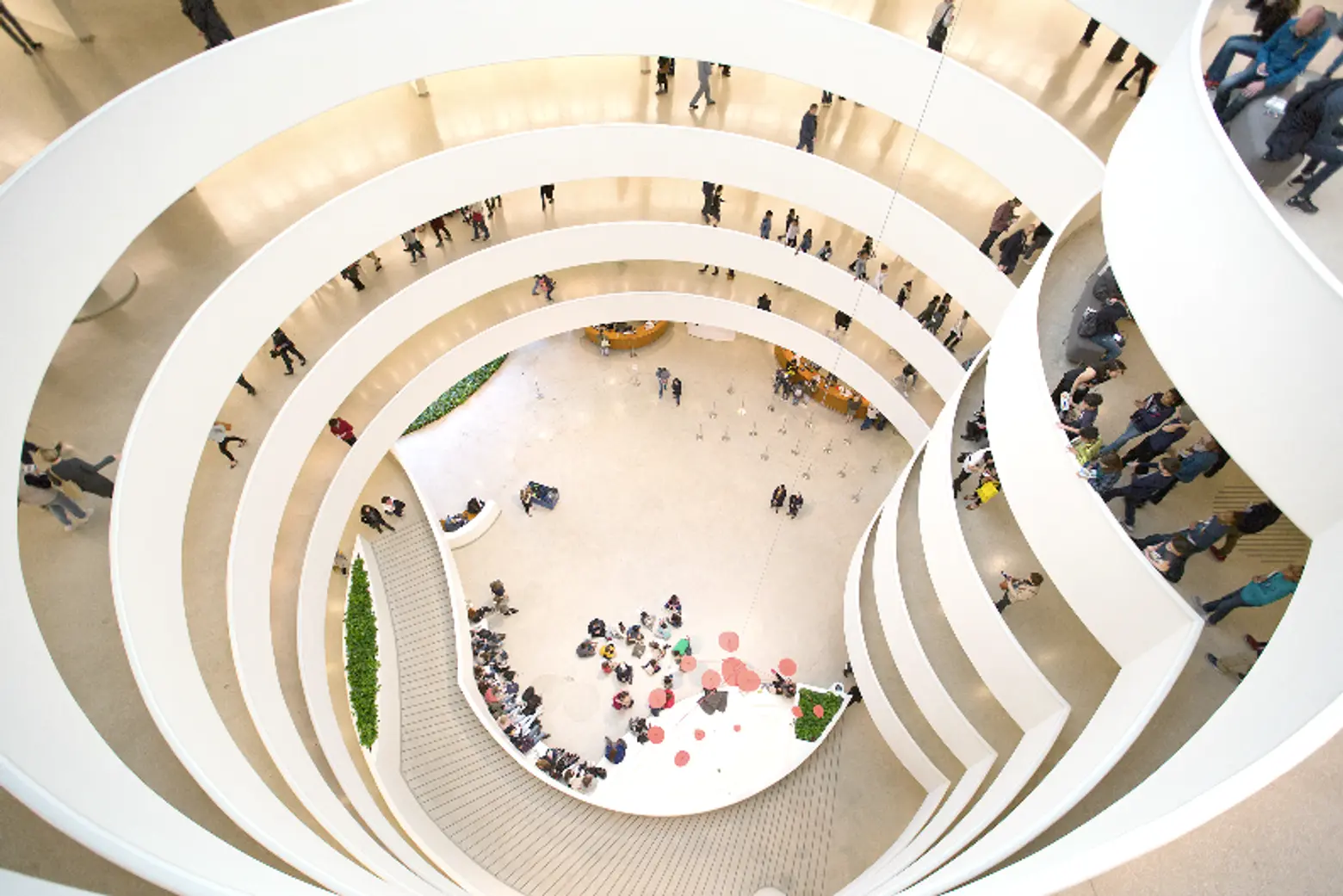
Image: Moody Man via flickr.
The Frank Lloyd Wright Building Conservancy has been working to get the buildings included in the international conservation body’s list for nearly two decades. The Wright designs are the first representations of American modern architecture be named to the list, which now includes 24 sites in the U.S.
The list currently contains 1,000 designated sites, including some of the world’s most notable buildings like the Taj Mahal and Sydney Opera House, all recognized for their cultural significance. The Committee defines the use of the World Heritage Fund, allocates financial assistance upon requests from States Parties, and asks States Parties to take action when properties are not being properly managed. It also decides on additions to or removal from a World Heritage in Danger list.
Barbara Gordon, executive director of the Frank Lloyd Wright Building Conservancy, said “This recognition by UNESCO is a significant way for us to reconfirm how important Frank Lloyd Wright was to the development of modern architecture around the world. There are nearly 400 remaining structures designed by Wright. Our hope is that the inscription of these eight major works also brings awareness to the importance of preserving all of his buildings as a vital part of our artistic, cultural and architectural heritage.”
RELATED:
- New Jersey’s Oldest and Largest Frank Lloyd Wright House Listed for $2.2M
- A Retro NY Home Designed by Frank Lloyd Wright Hits the Market for $795K
- Happy Birthday, Frank Lloyd Wright: A Tribute to the Architect’s Built, Unbuilt and Demolished NY Works
- MoMA Announces Major Frank Lloyd Wright Retrospective in 2017 to Mark His 150th Birthday
